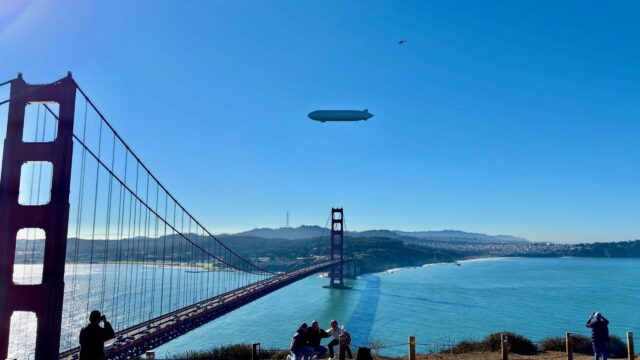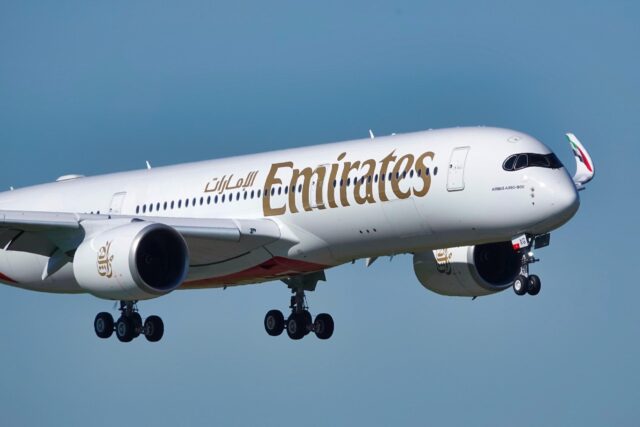Airlines face $11bn hit in 2025 amid mounting supply chain disruptions

October 13, 2025

Airlines are projected to incur more than $11 billion in unexpected costs in 2025 due to ongoing supply chain disruptions, according to the International Air Transport Association (IATA).
This figure represents a significant financial strain on the industry, which is already grappling with the challenges of recovering from the pandemic and adapting to a challenging operating environment, including geopolitical and engine reliability issues.
The supply chain disruption is primarily attributed to delays in the delivery of critical aircraft components, shortages of skilled maintenance personnel, and bottlenecks in the global logistics network, IATA said, as it launched a joint study with Oliver Wyman called Reviving the Commercial Aircraft Supply Chain.
These issues have led to increased maintenance downtime, higher operational costs for operators, and a backlog of unscheduled repairs, all of which contribute to the financial burden on airlines.

IATA says passenger demand outstripping capacity
IATA figures show that passenger demand in 2024 increased by 10.4%, outstripping capacity growth of 8.7% and driving load factors to a record 83.5%. The trend shows no sign of slowing, with strong demand continuing into 2025.
With this in mind, the slow pace of aircraft production is set to cost the airline industry more than $11 billion in 2025, comprising several factors.
Delays in new aircraft deliveries mean airlines are operating older, less fuel-efficient models, driving excess fuel costs of around $4.2 billion.
Maintenance expenses are also rising. An ageing global fleet requires more frequent and costly upkeep, contributing an estimated $3.1 billion to the overall financial burden.
At the same time, airlines are spending more on engine leasing, as engines remain grounded for longer periods during maintenance, with lease rates having climbed 20–30% since 2019, adding roughly $2.6 billion to costs.
To buffer against unpredictable disruptions, carriers are holding larger inventories of spare parts, which increases surplus inventory costs by around $1.4 billion.
‘Unprecedented waits for aircraft, engines and parts’
“Airlines depend on a reliable supply chain to operate and grow their fleets efficiently,” said Willie Walsh, IATA’s director general.
“Now we have unprecedented waits for aircraft, engines and parts and unpredictable delivery schedules. Together these have sent costs spiralling by at least $11 billion for this year and limited the ability of airlines to meet consumer demand.”

Walsh added: “There is no simple solution to resolving this problem, but there are several actions that could provide some relief. To start, opening the aftermarket would help by giving airlines greater choice and access to parts and services.
“In parallel, greater transparency on the state of the supply chain would give airlines the data they need to plan around blockages while helping OEMs to ease underlying bottlenecks.”
Supply chain challenges differ across industry
Notably, IATA’s report says that the impact of these supply chain challenges is not uniform across the industry.
Larger carriers with more extensive resources and established supplier relationships may experience less severe effects, while smaller airlines and those operating in regions with less robust infrastructure are facing more significant challenges.
IATA emphasises the need for a coordinated response from all stakeholders, including airlines, suppliers, and regulatory bodies, to address these supply chain vulnerabilities.
Improving transparency, enhancing communication, and investing in infrastructure are identified as key strategies to mitigate the risks of future disruptions.
“Today’s aircraft fleet is larger, more advanced, and more fuel efficient than ever before,” said Matthew Poitras, Partner in Oliver Wyman’s Transportation and Advanced Industrials practice.
“However, supply chain challenges are impacting airlines and OEMs alike. We see an opportunity to catalyse an improvement in supply chain performance that will benefit everyone, but this will require collective steps to reshape the structure of the aerospace industry and work together on transparency and talent.”
















